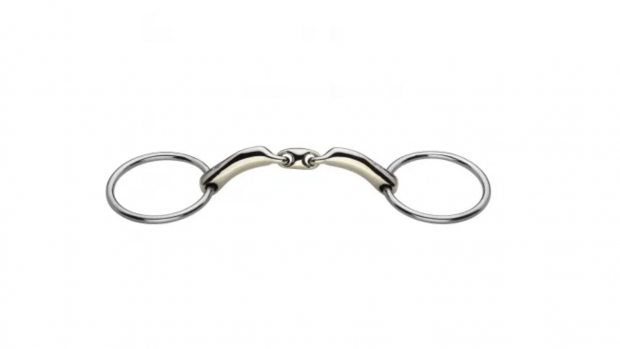Show rider and producer, Robert Walker, uses the twisted snaffle daily on most of the horses in his Cheshire yard.
“I suppose it’s not considered fashionable now, but the twisted snaffle is a favourite bit of mine, probably because my Dad, who’s a professional ‘nagsman’ has always used one,” admits Robert, who showed his first hunter at Wembley at the age of 16.
Showing has, in fact, always been Robert’s passion and he abandoned race-riding in favour of it. Producing show horses is hard work, but Robert wisely points out, there is little point in showing a horse in public if you have not put in the hours of graft at home.
“All the show horses are exercised in a twisted snaffle and I always hunt in one. It isn’t a severe bit – the twists in the mouthpiece just prevent a horse from leaning on it and lighten him off the forehand.
“Of course, if you ride properly from behind, a horse will always come up in front. Many horses’ mouths are ruined by people pulling at them and trying to haul them into the right shape. A horse must learn to carry himself, but some do ‘lie’ on the rider and the twisted snaffle discourages that.
“I like to use a loose ring rather than an eggbutt, but that’s just personal preference. Naturally, I would always advise that a horse’s teeth and gums should be inspected regularly and if there is any trouble in that department, I wouldn’t recommend the use of the twisted snaffle, because it is a little sharper than a normal snaffle.”




